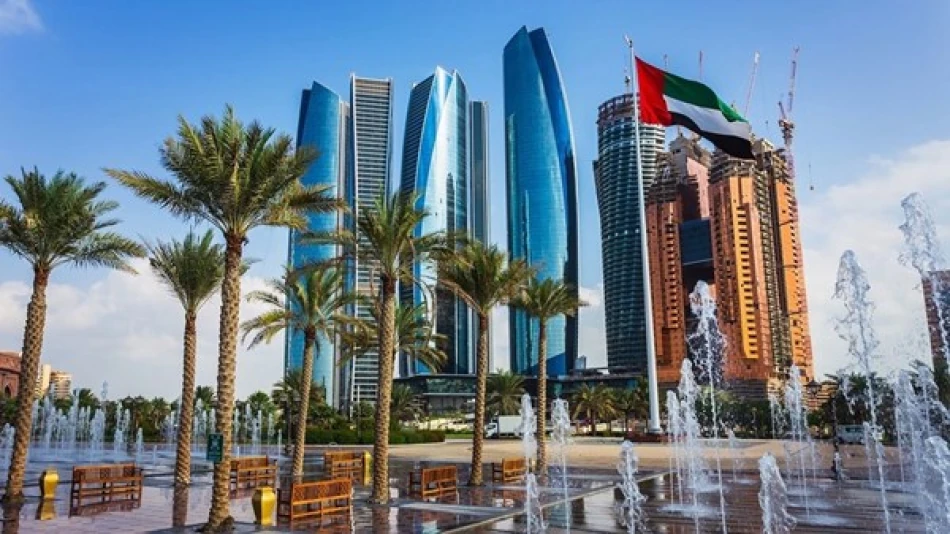
Sunny Skies with Occasional Haze Forecast for Tomorrow
UAE Braces for Dusty Conditions as Temperatures Soar to 48°C
The UAE's National Center of Meteorology forecasts challenging weather conditions tomorrow, with temperatures reaching a scorching 48°C in some inland areas while dust storms and afternoon thunderclouds threaten visibility and outdoor activities. The combination of moderate winds and partial cloud cover signals another intense summer day across the Emirates, with coastal areas offering little respite from the heat.
Weather Overview: Clear Skies Give Way to Dust and Clouds
Tomorrow's weather pattern will begin clear but transition to partly cloudy conditions with intermittent dust storms throughout the day. The eastern and southern regions can expect cloud formations that may develop into cumulus clouds during afternoon hours, potentially bringing localized weather activity.
Wind conditions will range from light to moderate speeds, intensifying during daylight hours and stirring up dust particles. The prevailing winds will shift from southeasterly to northwesterly directions, with speeds between 10-25 km/h, occasionally gusting up to 40 km/h.
Temperature Extremes Across the Emirates
Inland Areas Face Brutal Heat
The desert town of Liwa is expected to bear the brunt of tomorrow's heat wave, with temperatures climbing to 48°C during peak hours. Al Ain follows closely at 47°C, reinforcing the pattern of extreme inland temperatures that characterize UAE summers. Even overnight, these areas will see minimal relief, with minimum temperatures hovering around 30-35°C.
Coastal Cities Offer Marginal Relief
Dubai and Sharjah will experience maximum temperatures of 45°C, while Abu Dhabi reaches 46°C. The coastal location provides only slight temperature moderation, though humidity levels will create additional discomfort. Fujairah, benefiting from its eastern mountain location, will see the most moderate conditions at 36°C maximum.
Maritime Conditions and Tidal Information
Both the Arabian Gulf and Sea of Oman will maintain light wave conditions, providing favorable circumstances for maritime activities. The Arabian Gulf will experience high tides at 16:55 and 04:11, with low tides occurring at 10:08 and 22:06. The Sea of Oman follows a different tidal pattern, with high tides at 12:45 and 01:05, and low tides at 19:13 and 06:41.
Humidity Adds to Discomfort Factor
Coastal areas will face the double challenge of high temperatures and elevated humidity levels. Abu Dhabi and the northern emirates will see humidity ranging from 20% to 70%, while island locations like Dalma and the Tunb islands could experience humidity levels reaching 85%. This combination creates heat index values that feel significantly higher than actual air temperatures.
Regional Weather Patterns in Context
These conditions reflect typical summer weather patterns across the Arabian Peninsula, where high-pressure systems dominate and create stable but intensely hot conditions. The dust activity aligns with seasonal wind patterns that transport fine particles from inland desert areas toward populated coastal regions.
The afternoon cloud development in eastern and southern areas follows orographic lifting patterns common in the Hajar Mountains region, where terrain influences create localized weather phenomena that can provide brief temperature relief through isolated thunderstorm activity.
Most Viewed News

 Layla Al Mansoori
Layla Al Mansoori






